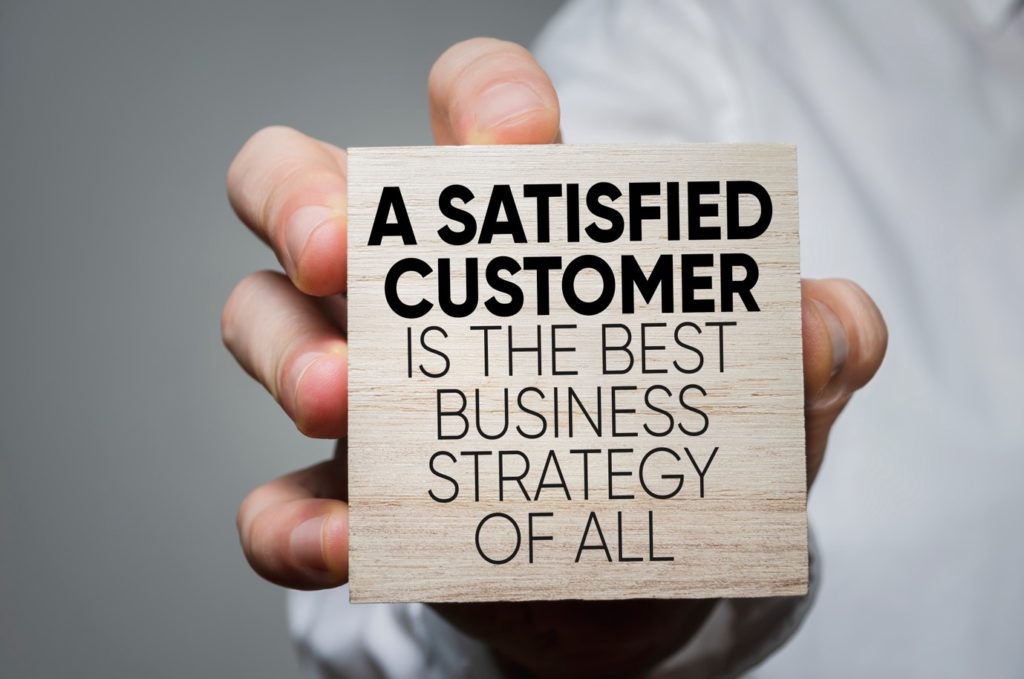Thanks to their experiences with brands that are better able to understand and meet their needs instantly, customers today are demanding best-in-class service from their financial institutions. This greater emphasis on providing a “hyper-personalized” experience, increasing revenue, and fostering long-term connections has resulted in an ever-expanding variety of marketing stacks crammed with world-class solutions.
However, there is a catch: each approach includes its own “brain,” data model, and understanding of the client. The solutions were not designed to work together and cannot adapt quickly enough to keep up with consumer demands as they evolve in real time.
This can result in firms using inflexible campaign approaches, broad-based segmentations, and pre-scored activities that will not sustain the level of relevant, meaningful interaction that’s needed to compete with rivals.
So, what is the best approach to utilize algorithms and AI technologies that react and adapt to signals consumers are giving as they interact – without a human being involved? And more importantly, how can this be implemented across multiple websites and channels without replacing existing complicated architecture?
Lots to get into, so let’s dive right in…

In a world where people are constantly bombarded with marketing messages and automated phone systems, customers crave genuine connection and human interaction. Here are a few key ways that FinServ companies can humanize customer engagement:
Ditch the script: When engaging with customers, financial service companies need to improvise and have genuine conversations. This means listening to the customer, understanding their needs, and responding in a way that is helpful and supportive.
Be transparent: Customers appreciate honesty and clear communications from companies they do business with. When something goes wrong, or there is an issue with a product or service, corporations need to be up-front and honest with their customers.
Show empathy: Compassion is one of the most important qualities that firms can show their customers. When customers are dealing with a difficult situation, such as financial troubles, companies need to show empathy and understanding.
Offer help: Enterprises need to be there for their clients when they need help. Whether it is providing advice on budgeting or helping them understand a complex product, companies need to be ready and, most importantly, willing to help.
Build trust: Confidence is essential in any relationship, and it’s especially important when money is involved. Consumers need to trust that their financial service provider has their best interests at heart and is looking out for them.
Be accessible: Customers should be able to reach their provider when they need to. Whether it’s by phone, messaging, social media, email, or in person, companies need to be available and responsive to their customers’ needs.
Make it personal: Businesses need to remember that they’re dealing with people, not just numbers on a spreadsheet. This means taking the time to get to know the customers and understanding their individual needs.
Go above and beyond: To really stand out, corporations need to go above and beyond for their customers. This could mean going the extra mile to help them solve a problem or providing them with exceptional care and service during the course of a basic transaction.
Keep it human: At the end of the day, it’s important for companies to remember that their customers are human beings. This means treating them with respect, understanding, and compassion.

By following these tips, financial service companies can start to build more human relationships with their customers. When customers feel valued and appreciated, they’re more likely to stay loyal to a company and recommend it to others.











